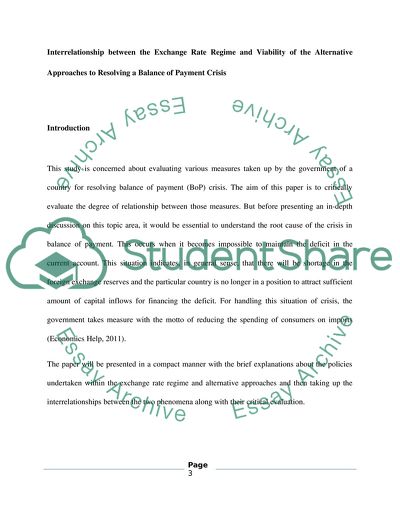Cite this document
(The Interrelationship between the Exchange Rate Regime and Viability Coursework - 3, n.d.)
The Interrelationship between the Exchange Rate Regime and Viability Coursework - 3. https://studentshare.org/macro-microeconomics/1750308-international-monetary
The Interrelationship between the Exchange Rate Regime and Viability Coursework - 3. https://studentshare.org/macro-microeconomics/1750308-international-monetary
(The Interrelationship Between the Exchange Rate Regime and Viability Coursework - 3)
The Interrelationship Between the Exchange Rate Regime and Viability Coursework - 3. https://studentshare.org/macro-microeconomics/1750308-international-monetary.
The Interrelationship Between the Exchange Rate Regime and Viability Coursework - 3. https://studentshare.org/macro-microeconomics/1750308-international-monetary.
“The Interrelationship Between the Exchange Rate Regime and Viability Coursework - 3”. https://studentshare.org/macro-microeconomics/1750308-international-monetary.


